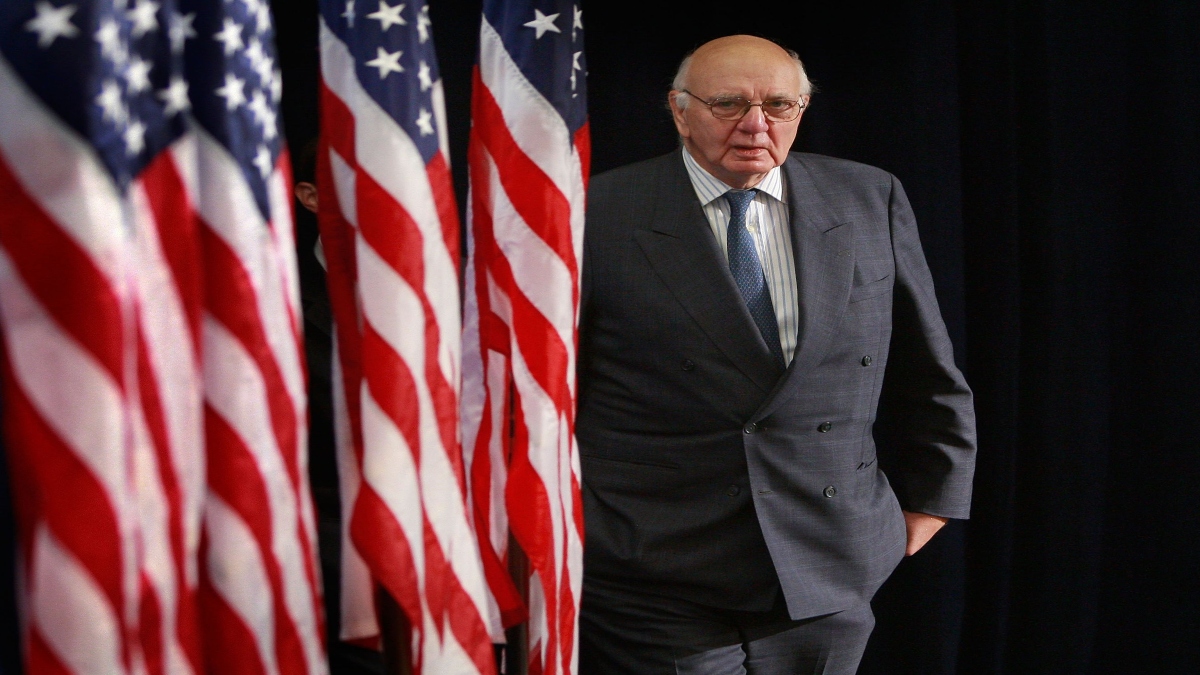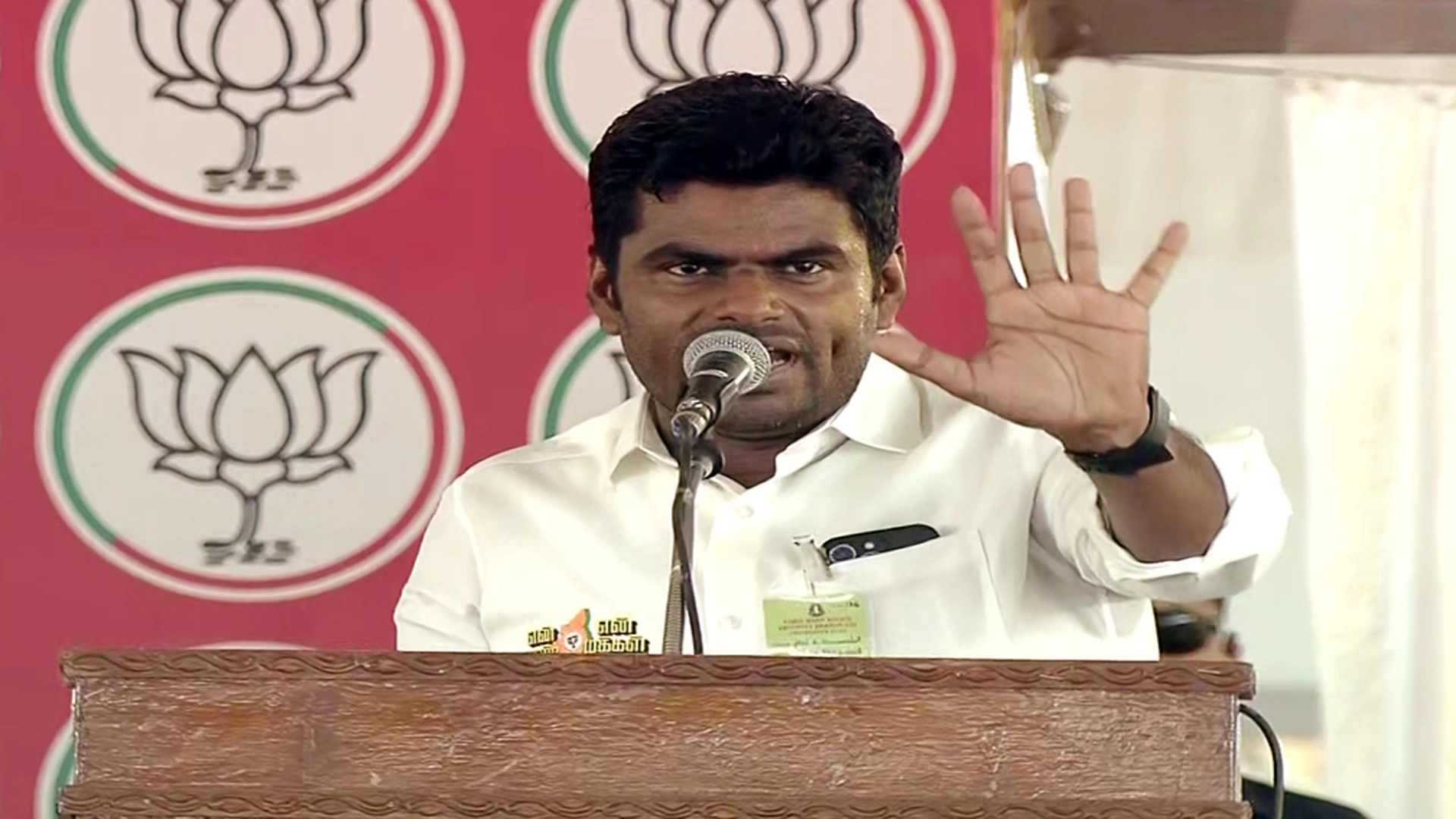While U.S. consumers are irritant on several aspects, including healthcare and gun violence, most of them are now concerned about the elevated inflation reaching 9.1%, possibly a nightmare knocking at the door of every U.S. citizen, which happened forty years back during the Paul Volcker and President Richard Nixon inflation era during the 1970s. Historically, the first inflation in U.S. during the period 1946-48 had its roots in the military build up in World War II. Fed placed close to $100 billion in war orders. Later, during 1969, the conventional Philips curve wisdom was broken, inflation soared up to 5.5% due to government spending and budget deficits. A new term “Stagflation” was then coined up to indicate that both unemployment and inflation both was rising.
The Vietnam war that started during the era of the 36th U.S. President Lyndon B. Johnson, continued fiscal expenditure pressure under the era of the subsequent President Nixon, but more interestingly, Nixon put to an end to the “gold convertibility” of other countries’ currencies vis-à-vis U.S. dollar, as it was extremely difficult for the U.S. to maintain supply of gold which was depleted faster amid rising demand from other countries’ due to the erosion of dollar value amid rising U.S. inflation. After assuming Fed Chair in August 1969, Paul Volcker showed a much stringent “hawkish” stance regarding the monetary policy. The interest rates have been increased from 13.7% in October 1979 to 20% by 1981. Before, that, by January 1980, U.S. entered recession. Though, after that Fed took a relatively softer stance, nevertheless, in July, 1981 unemployment reached at 10.8%. In August 1987, when Volcker left office, inflation reduced to 3.4% from its earlier peak of 9.8% in 1981. Since then, U.S. inflation remained below 5%, only in 2022, it has started again picking up to reach now at 9.1%. In the current context, Fed Chairman Jerome Powell, after 75 bps rate hike, has highlighted that the Fed is “not trying to induce a recession now…..it’s our goal to bring about 2 percent inflation while keeping the labor market strong.”
However, as lucidly explained by the “Dylan Matthews” in a Vox Column, the path may not be smooth, citing what Larry Summers have mentioned as “We need five years of unemployment above 5 percent to contain inflation — in other words, we need two years of 7.5 percent unemployment or five years of 6 percent unemployment or one year of 10 percent unemployment.” Fed is concerned about the wage inflation too, as increasing labour costs can also feed up to already buildup inflation. Wages and salaries for the private sector workers have shown a rising trend. U.S. energy crisis is a big issue now, the price of natural gas has skyrocketed. Electricity and fuel prices are likely to be volatile further, going forward. Procurement and installation of renewable energy projects are expensive as well as need upgradation of power grid in several parts of the U.S. The transition is likely to raise the global average cost of producing and delivering each unit of electricity by 25% by 2040, compared with 2020.
Another potential risk, especially for emerging market economies (EMs), is the downward pressure on their currencies due to gain in dollar index. Though in recent times the dollar index has shown a bit softer trend, several EM currencies including the Hungarian forint, Polish Zloty, Indian Rupee, Czech Koruna faced peer currency pressures. Eurozone inflation rising to 8.9%YoY from 8.6%, with core inflation also rising to 4.0% from 3.7%. Food inflation and Core inflation has firmed up, while elevated natural gas prices have also pushed up the energy prices. Given pressures are building up for several input prices, final prices are hiked by substantial margin by producers to pass on prices towards end-consumers. Given this backdrop, a 50 bps rate hike by the ECB in September 2022 cannot be ruled out.
As Martin Wolf put in a Financial Times (FT) column, the scale of the surge in the supply of broad money in 2020, in response to the Covid-19 crisis, the pervasiveness of the supply disruptions was not recognized soon enough. In effect, it is a frustration that we don’t have any other alternative but to follow the same path that Volcker did earlier in 1970s, putting the onus entirely on the concerned Central Bank (CB) not to ask government/policymakers about any other possible measures (e.g., how to contain natural gas and/or fuel prices) or to going into a deep debate to find any alternatives to control inflation without curtailing demand and putting an economy into recession. Interestingly, if we hear to a CLSA (29 July 2022) report, this is entirely a “monkey business.”
Once, macroeconomic situations are under control, we do not bother for any genuine way out or serious thoughts so that we can tackle any similar crisis in future. In India, a somewhat good news is that in July’22, FPIs have invested around Rs. 5,000 crore in Indian equities, after a net withdrawal of Rs 50,145 crore from the stock market seen in June, followed by a relatively softer US dollar index and improved corporate earnings.
On the other hand, the banking system liquidity has declined from Rs. 1.5 lakh crore from last week to Rs. 50,000 crore. The surplus liquidity is declining, and the call rate has increased over the repo rate indicating bank’s demand for liquidity is now higher compared to earlier. The RBI has sold dollar in the spot market to arrest the rupee’s decline, and consequently India’s forex reserves have also declined. In the forthcoming August’22 Monetary Policy, a 35-50 bps repo rate hike is expected, and given that inflation has slightly moderated, but given that call rate is way above the policy repo rate, the RBI may change its stance towards calibrated tightening.
Vipin Malik is the Chairman and Mentor Infomerics Ratings.
Sankhanath Bandyopadhyay is Economist, Infomerics Ratings.























